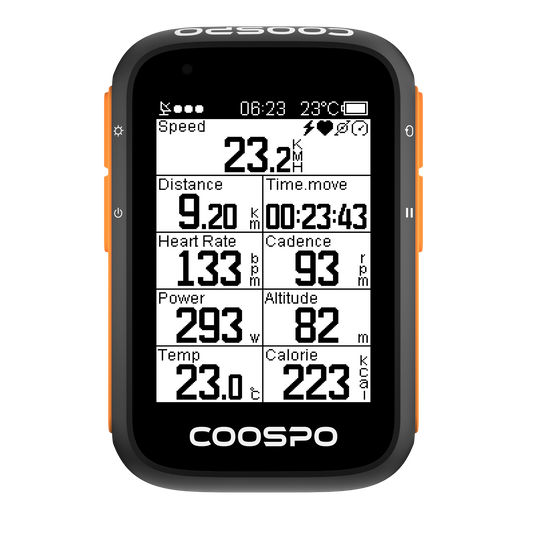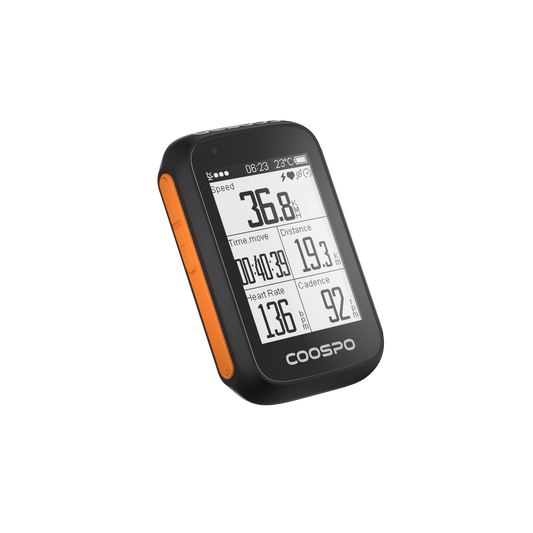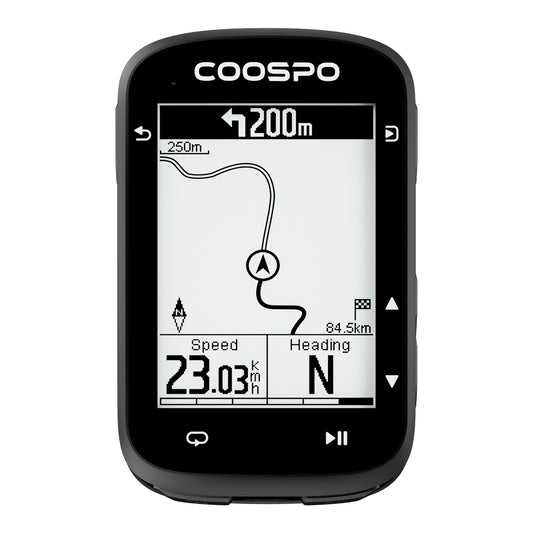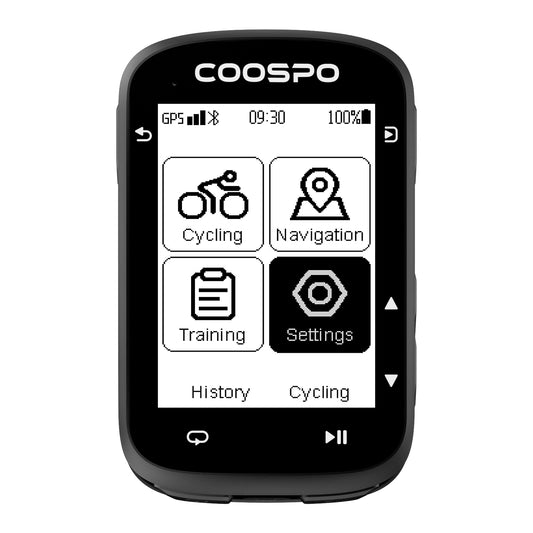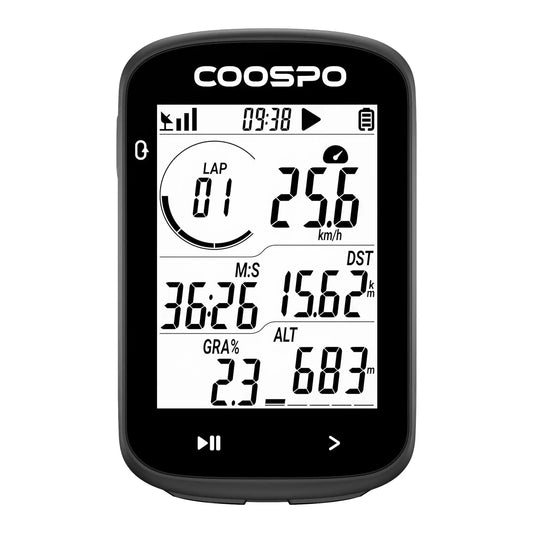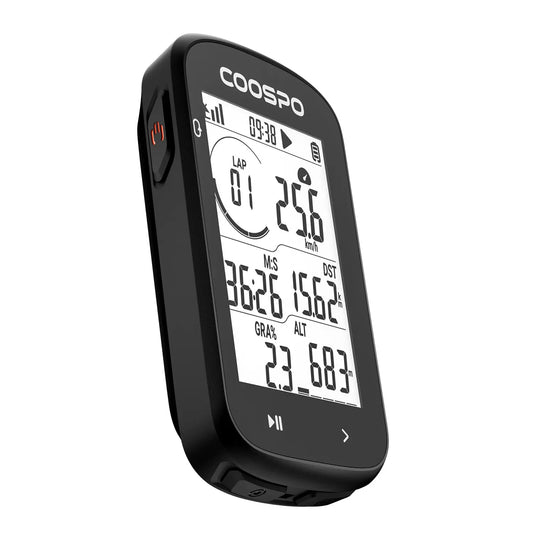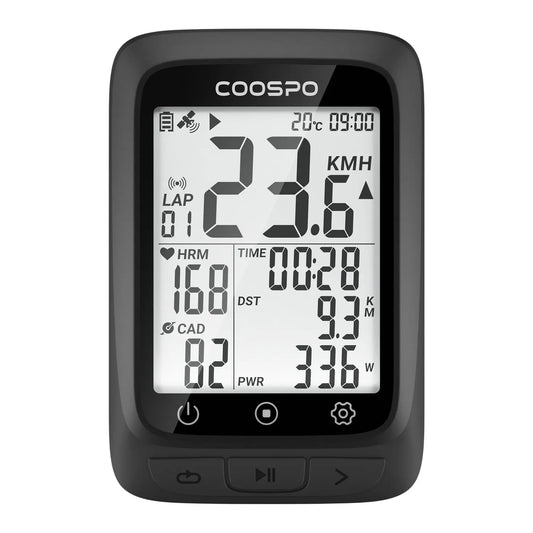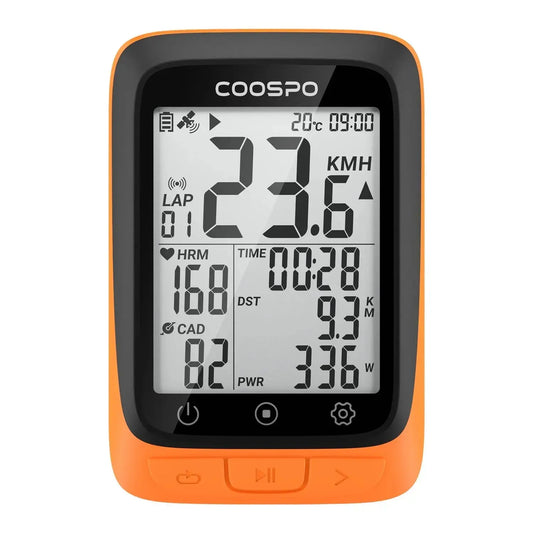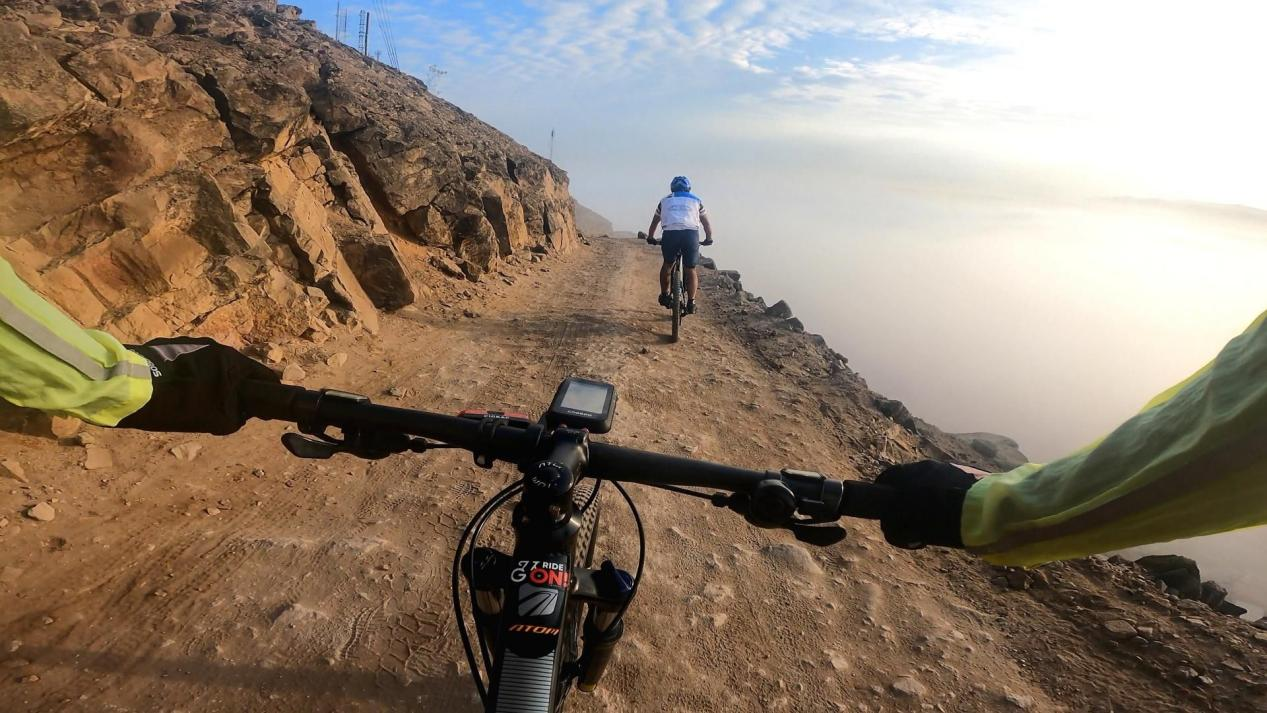Optimizing Your Cycling Distance: Tips by Age and Goals
Cycling is a great way to get fit, build endurance, and have fun. But how far should you ride? There's no single answer that works for everyone. Your age, fitness goals, and health all play a part in deciding the right distance for you.
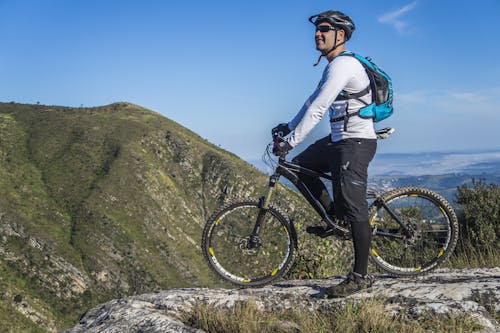
Not sure how far to cycle? Start by looking at what other people your age are doing. Knowing the average cycling distance for your age group can give you a good starting point. This can help you figure out how long and far you might be able to ride, especially if you're new to cycling.
In this article, we'll look at how far people of different ages typically cycle. We'll also explain why these average distances don't tell the whole story. Finally, we'll give you some helpful tips to reach your own cycling distance goals, no matter your age or experience level.
The Average Cycling Distance By Age
As people get older, how far they cycle often changes. This is because their fitness, energy levels, and cycling goals change too. Younger riders often try to go faster and farther. Older riders might focus more on building endurance or enjoying social rides with friends.
- Under 30: Cyclists in their 20s often have the energy and physical ability to cover substantial distances. On average, cyclists in this age group can ride anywhere from 20 to 60 miles (32 to 96 kilometers) per ride, depending on their fitness level and experience.
- Ages 30-40: Cyclists in this age range generally ride between 15 to 50 miles (24 to 80 kilometers) per session. Some studies suggest that recovery times start to increase slightly at this age, but cyclists can still perform impressively with proper training and nutrition.
- Ages 40-50: While some cyclists in their 40s ride just as aggressively as their younger counterparts, most average between 10 to 40 miles (16 to 64 kilometers). The focus often shifts toward endurance and maintaining fitness.
- Ages 50 and above: Riders in their 50s and beyond typically cycle 10 to 30 miles (16 to 48 kilometers). At this stage, cyclists prioritize fitness, enjoyment, and overall health rather than distance. According to cycling coach Joe Friel, riders over 50 should focus more on consistency than peak performance.

Using a bike computer can easily get your average distance when you cycling, and it is really a good way to notice you don't ride too much.
What the Average Cycling Distance Doesn’t Tell You
These average cycling distances can help you understand what cyclists your age typically ride. They also show you what younger and older riders can do. This information gives you a good starting point to set your own cycling goals.
However, these average distances don't tell the whole story. They don't show how long the rides took or if they were cut short. Riders might have to stop early because of problems like flat tires, feeling uncomfortable, or running out of energy (which cyclists call "bonking").
Here’s how you can make sure you complete the distances you set out to cover.
1. How to Make Sure You Hit Your Goal Riding Distance
While averages provide a rough estimate, they don’t account for many important factors that affect individual performance:
Fitness Goals:
Whether you're cycling for weight loss, speed, endurance, or fun, your goal directly impacts the distance you should be aiming for. For example, someone aiming to improve cardiovascular endurance might focus on longer, lower-intensity rides, while someone training for speed might focus on shorter, high-intensity sessions.
Terrain and Conditions:
A flat road and a hilly trail demand vastly different levels of effort. A 30-mile (48-kilometer) ride on smooth, flat roads is much less taxing than a 15-mile (24-kilometer) uphill battle. Wind, temperature, and road conditions can also make a huge difference.
Comfort:
In the context of a human body on a bike, there’s three points of contact: the hands, the sit bones, and the feet. If you experience numbness or discomfort at any of these contact points when riding for more than 10 miles, this could be an indication your bike fit is off. It could also be the reason why you cut a ride short. Also, going up a half size in cycling shoes, just as you would running shoes, to make room for feet swelling.
2. How to Determine How Long a Certain Distance Will Take
Another key component missing from the data set is time, which tends to vary depending on your age and fitness level. Several factors play into ride time, including your fitness level, terrain, and wind conditions.
Average Speed Estimations:
According to 2023 Strava data, the average cycling speed for leisure rides completed on pavement was 14.1 mph, and average distance for those rides was 19.2 miles. Leisure dirt rides were slower and shorter, on average: 8.6 mph and 10.6 miles.
Terrain Considerations:
If you're riding in hilly terrain, expect to add significant time. A steep, uphill route might slow you down to 8-10 miles per hour (13-16 kilometers per hour) or less. On the other hand, flat or downhill sections can allow you to pick up speed, sometimes exceeding 20 miles per hour (32 kilometers per hour).
Pacing Strategies:
For long rides, pacing is key. Here's a simple way to estimate your ride time: divide the distance by your average speed in miles per hour (mph). For example, if you want to ride 30 miles and your average speed is 15 mph, it would take about 2 hours. Experts like Carmichael Training Systems suggest starting at a moderate pace, especially for longer rides.
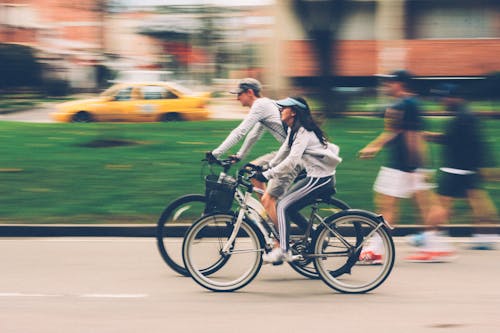
This helps you save energy and keep going for the whole ride instead of getting tired too soon. Don't forget to drink enough! Bring water with you. You can also bring a low-carb electrolyte drink if you want. Staying hydrated will help you complete your ride successfully.
How to Structure Your Workout Plan to Increase Your Cycling Distance
Improving your cycling distance requires a structured approach to training. Here are steps you can follow to create an effective workout plan.
1. Build a Solid Base
Before attempting long-distance rides, build a strong cardiovascular base. This involves focusing on lower-intensity rides to improve your aerobic capacity. Using tools like the Coospo heart rate monitor can help you track your progress and improve consistently.

- Zone 2 Training: Spend time riding at a low to moderate intensity, where you can hold a conversation easily. According to endurance expert Dr. Phil Maffetone, zone 2 training increases your body’s ability to burn fat for fuel, which is essential for longer rides. Start by riding in this zone for 60-90 minutes, 3-4 times per week.
2. Introduce Interval Training
To improve speed and endurance simultaneously, incorporate interval training into your routine. Intervals involve alternating between high-intensity efforts and low-intensity recovery periods.
- Structured Intervals: For example, try 3 sets of 5-minute high-intensity rides, followed by 5 minutes of slow recovery. This helps boost your VO2 max, which improves your ability to ride harder for longer durations.
3. Increase Distance Gradually
Gradual progression is key to avoiding injury and burnout. Increase your mileage by no more than 10% per week. This steady increase allows your body to adapt to longer rides without overwhelming it.
- Long Rides: Include one long ride per week, increasing the distance each time. For instance, if you currently ride 20 miles, aim for 22 miles the following week, 24 the week after, and so on.
4. Incorporate Cross-Training
Cross-training can help improve your overall fitness and reduce the risk of overuse injuries. Consider adding strength training, swimming, or running to your weekly routine.
- Strength Training: Focus on exercises that target your core, legs, and glutes. A strong lower body will give you the power needed to maintain higher speeds and longer distances.
5. Rest and Recovery
Rest days are just as important as training days. Overtraining can lead to fatigue, injury, and diminished performance. Plan at least one or two rest days per week.

- Active Recovery: On rest days, opt for light activities such as walking or yoga to promote circulation and help with muscle recovery.
Conclusion
Cycling is a sport where both distance and performance evolve with time, age, and goals. Whether you’re in your 20s aiming for speed or in your 50s focusing on fitness and enjoyment, knowing how to optimize your cycling distance can help you get the most out of every ride. Success comes with setting clear goals, proper recovery, and listening to your body’s needs.



